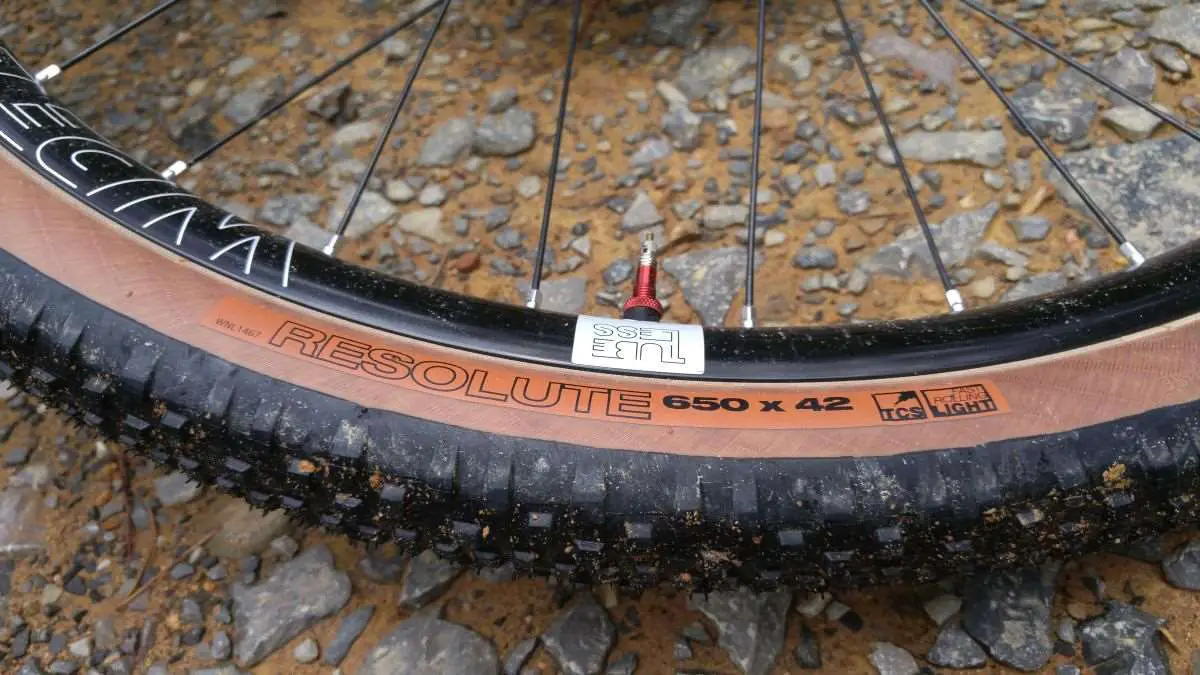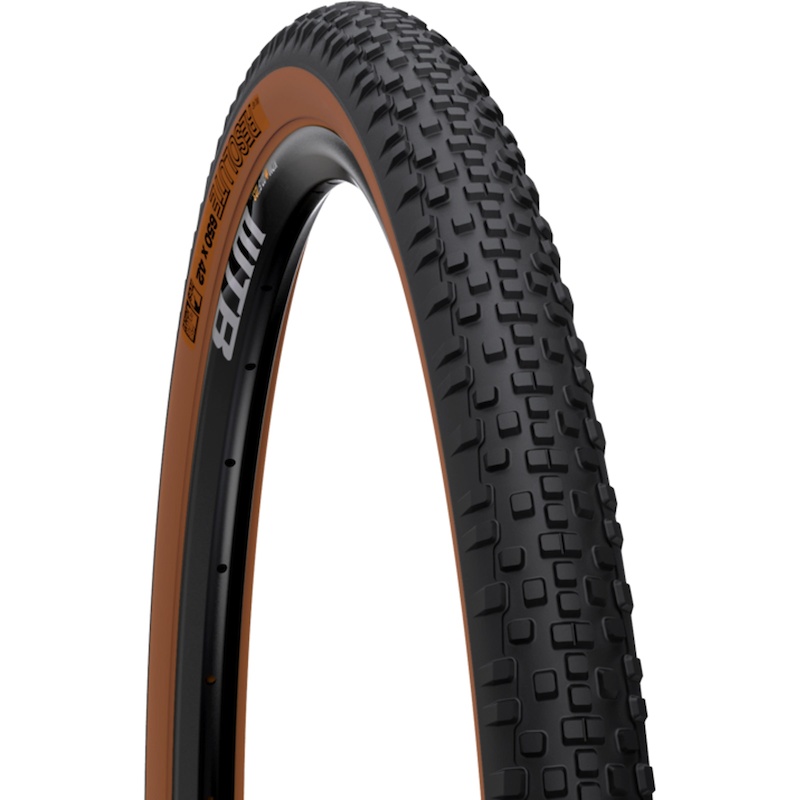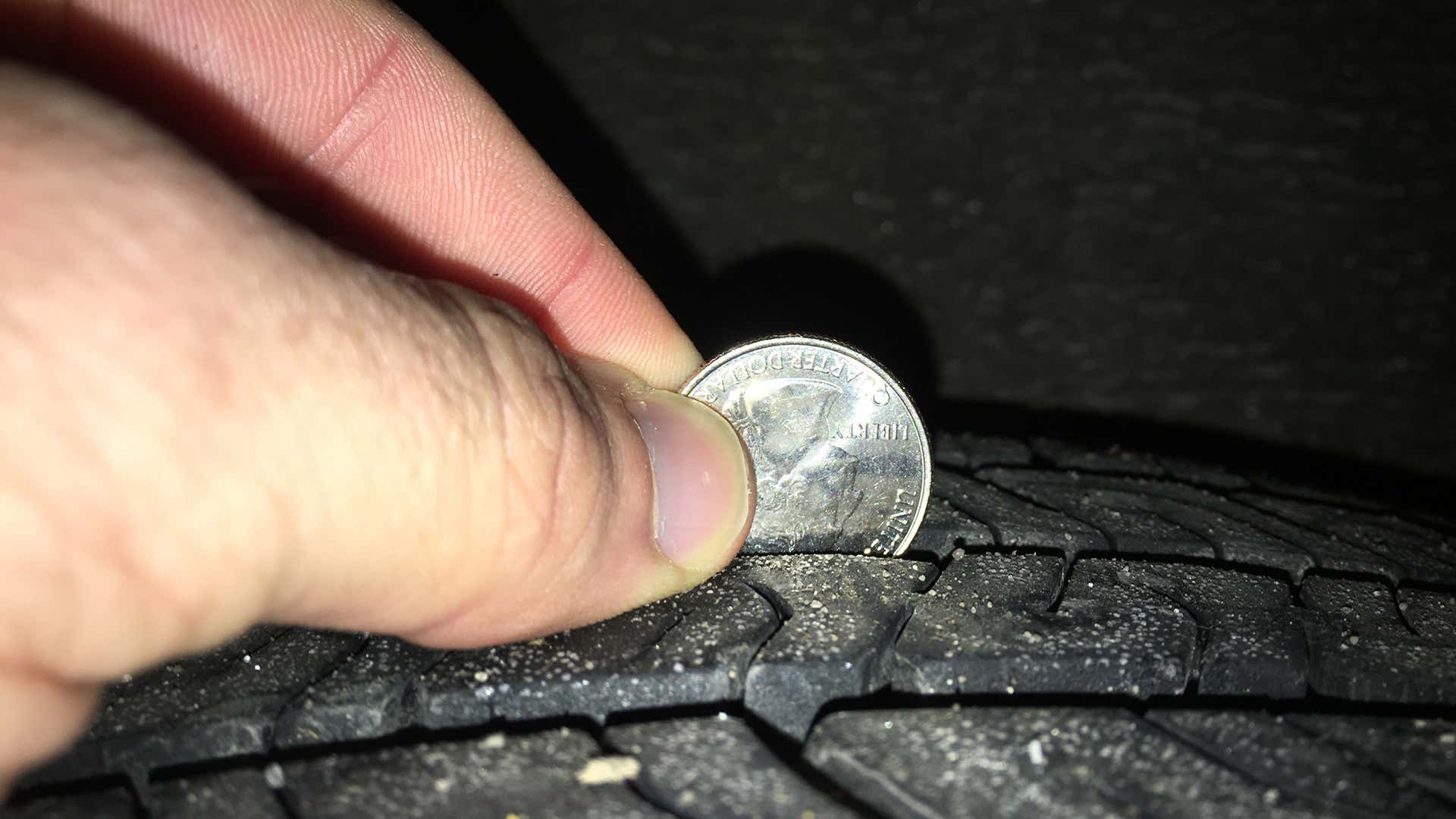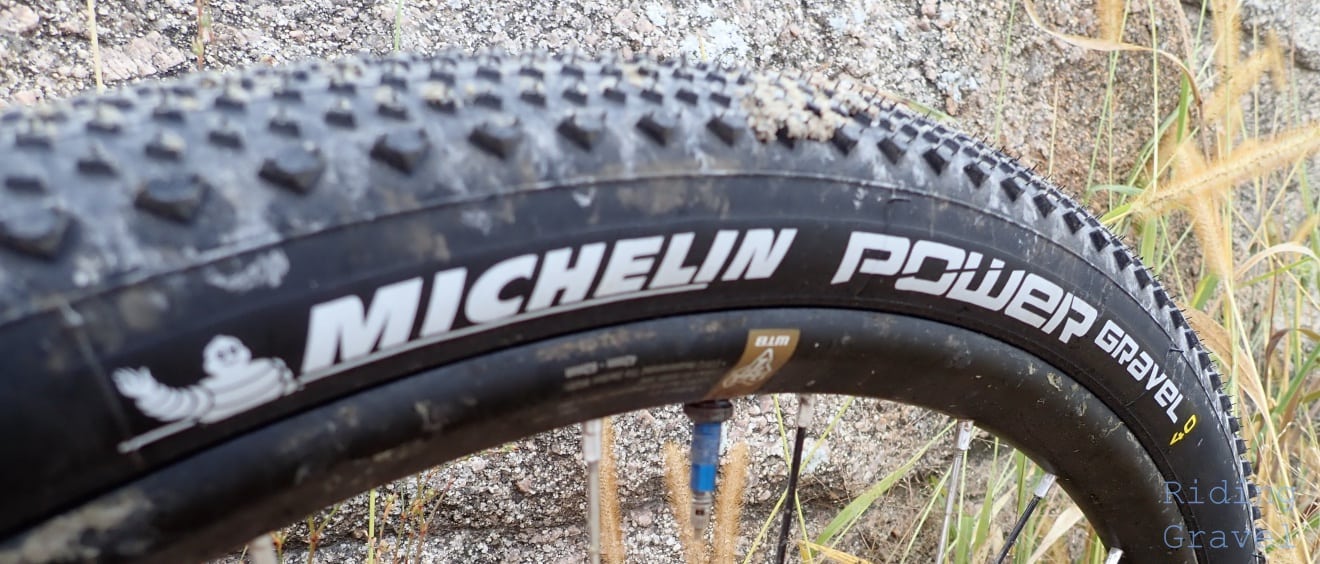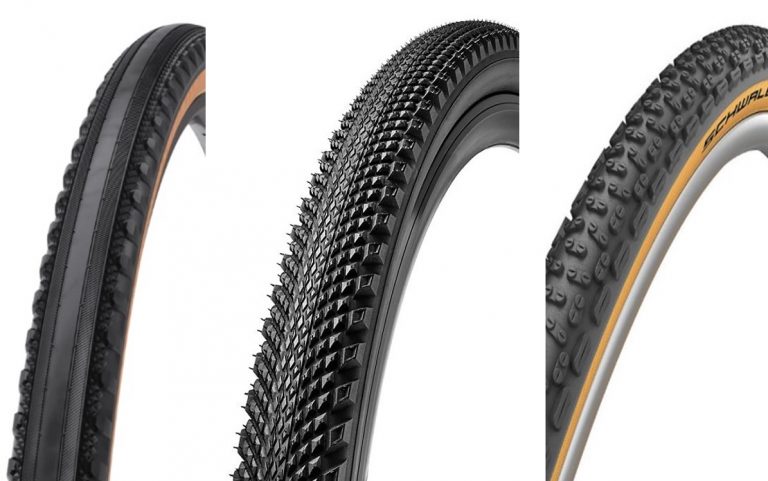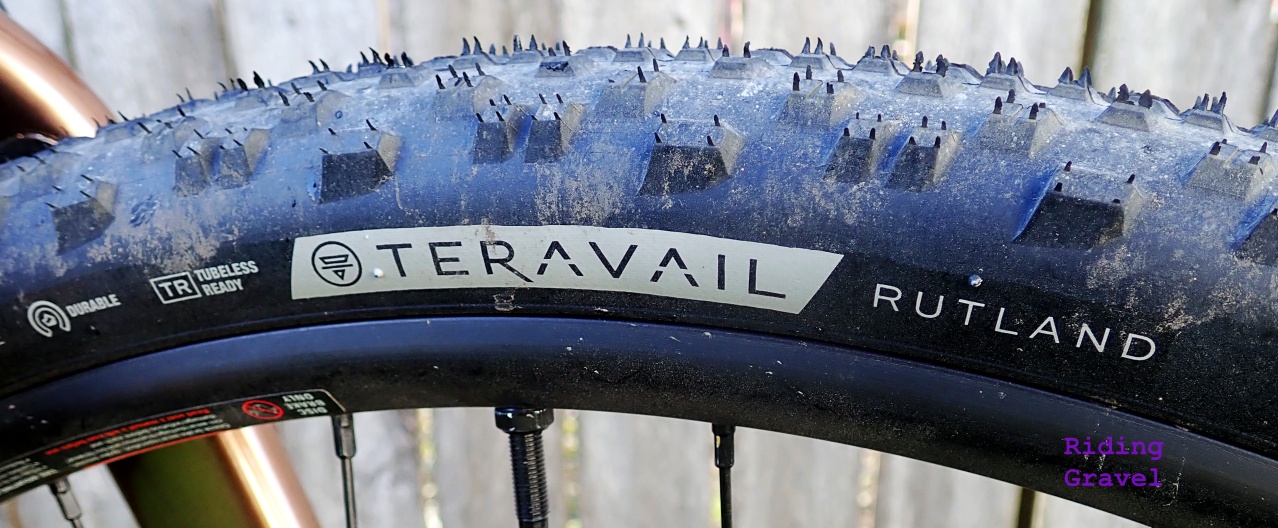Understanding Gravel Tire Sizes: A Brief Overview
Gravel tires are designed to provide versatility and durability for off-road cycling enthusiasts. The 700 x 42 gravel tire size is a popular choice due to its ability to perform well on various terrains, from smooth gravel roads to rougher, more challenging paths. The first number, 700, refers to the tire’s diameter in millimeters, while the second number, 42, represents the tire width. This size offers a balance between speed, traction, and comfort, making it an excellent option for long-distance rides and bikepacking adventures.
Selecting the Best 700 x 42 Gravel Tires: Key Features and Considerations
When choosing 700 x 42 gravel tires, there are several essential features to consider. First, evaluate the tread pattern, as it significantly impacts the tire’s performance on various terrains. Gravel tires typically feature a multi-directional tread pattern for improved traction and control on loose surfaces. Some tires may also include additional shoulder knobs for better cornering grip.
Puncture protection is another critical factor when selecting 700 x 42 gravel tires. Look for tires with reinforced sidewalls and puncture-resistant belts, which help prevent flats and extend the tire’s lifespan. Additionally, consider the tire casing, which affects the tire’s overall durability and ride quality. A higher thread count usually indicates a more robust and supple casing, but it may also increase the tire’s weight and cost.
Popular brands offering 700 x 42 gravel tires include WTB, Panaracer, and Teravail. Each brand has its unique selling points, such as WTB’s high-volume tires for added comfort, Panaracer’s renowned puncture protection, and Teravail’s focus on versatility and durability. Researching and comparing these options will help you make an informed decision and find the best 700 x 42 gravel tires for your needs.
Top 700 x 42 Gravel Tire Reviews: Comparing Performance and Quality
When searching for the perfect 700 x 42 gravel tires, it’s essential to consider real-life user experiences and expert opinions. We’ve compiled a list of top-rated tires, comparing their performance, durability, and value for money.
WTB Venture TCS 700 x 42
The WTB Venture TCS 700 x 42 tire offers excellent versatility and durability, making it a popular choice among gravel cyclists. Its unique tread pattern provides exceptional grip on various terrains, while the reinforced sidewalls enhance puncture protection. Users praise the Venture for its comfortable ride and impressive performance on long-distance adventures.
Panaracer GravelKing SK+ 700 x 42
The Panaracer GravelKing SK+ 700 x 42 tire is renowned for its puncture-resistant properties, thanks to the integrated ProTite puncture protection belt. The tire’s low rolling resistance and smooth tread pattern make it an excellent option for riders seeking speed and efficiency on gravel roads. Users appreciate the GravelKing SK+’s durability and value for money.
Teravail Cannonball 700 x 42
The Teravail Cannonball 700 x 42 tire is designed for maximum durability and versatility. Its multi-directional tread pattern ensures excellent traction on various surfaces, while the robust casing provides superior puncture protection. Cyclists appreciate the Cannonball’s comfortable ride and responsive handling, making it an excellent choice for long-distance gravel events.
These top-rated 700 x 42 gravel tires cater to different riding styles and preferences. By comparing their performance, durability, and value for money, you can make an informed decision and choose the best tire for your gravel cycling adventures.
How to Install and Maintain 700 x 42 Gravel Tires: Step-by-Step Guide
Installing and maintaining 700 x 42 gravel tires is a straightforward process that can be accomplished with the right tools and techniques. Follow these steps to ensure a successful installation and extend the lifespan of your tires.
Step 1: Gather Necessary Tools
To install and maintain 700 x 42 gravel tires, you’ll need a set of tire levers, a floor pump, and a clean, dry workspace. Additionally, have a tire patch kit or spare inner tubes on hand for unexpected punctures.
Step 2: Remove the Wheel
Before removing the old tire, shift the bike into the smallest chainring and smallest rear cog to create slack in the chain. Then, release the brake caliper and remove the wheel from the bike.
Step 3: Deflate and Remove the Tire
Using the tire levers, carefully pry one side of the tire off the rim, exposing the inner tube. Deflate the tube completely and remove it from the tire.
Step 4: Install the New Tire and Inner Tube
Start by inflating the new inner tube slightly, making it easier to insert into the tire. Insert one side of the tire onto the rim, then slide the inner tube inside, ensuring it’s not twisted. Carefully place the other side of the tire onto the rim, ensuring it’s properly seated.
Step 5: Inflate the Tire
Using a floor pump, inflate the tire to the recommended pressure, typically indicated on the tire’s sidewall. Ensure the tire is evenly seated on the rim and there are no bulges or dips in the tire.
Step 6: Regular Inspections and Maintenance
Periodically check the tire pressure, ensuring it’s at the recommended level. Inspect the tires for cuts, punctures, or wear, and replace them if necessary. Store tires in a cool, dry place, away from direct sunlight, to prolong their lifespan.
By following these steps, you can ensure a successful installation and maintain your 700 x 42 gravel tires for optimal performance and longevity.
Maximizing the Performance of 700 x 42 Gravel Tires: Riding Techniques and Tips
To get the most out of your 700 x 42 gravel tires, consider the following expert advice on riding techniques, terrain selection, and bike setup. By following these tips, you can enhance your gravel cycling experience and ensure optimal tire performance.
Riding Techniques
Maintain a consistent and steady cadence while riding on gravel surfaces. This technique helps preserve momentum and reduces the risk of tire slippage. Additionally, when cornering, lean your body into the turn, keeping your outside pedal down and applying even pressure to both pedals. This method promotes stability and control.
Terrain Selection
Choose routes that suit your 700 x 42 gravel tires’ capabilities. While these tires offer excellent versatility, they may not perform as well on extremely rocky or muddy terrains. Opt for well-maintained gravel roads, hard-packed dirt trails, or crushed limestone paths for the best results.
Bike Setup
Ensure your bike is correctly set up for gravel riding. Adjust the saddle height and position for optimal comfort and efficiency. A slightly higher saddle position can help maintain traction while climbing. Additionally, consider a wider handlebar for better control and stability on rough terrains.
By mastering these riding techniques, selecting appropriate terrains, and optimizing your bike setup, you can maximize the performance of your 700 x 42 gravel tires and enjoy a more enjoyable and safer gravel cycling experience.
700 x 42 Gravel Tires vs. Other Tire Sizes: A Comparative Analysis
Comparing 700 x 42 gravel tires to other popular tire sizes, such as 700 x 38 and 650b x 47, can help cyclists make informed decisions based on their specific needs and preferences. Each tire size offers unique advantages and disadvantages, so consider the following comparisons when selecting the ideal gravel tire.
700 x 42 vs. 700 x 38
Both 700 x 42 and 700 x 38 tires are designed for gravel cycling, but the 700 x 42 tires provide additional volume and width. This extra size translates to increased traction, floatation, and comfort on rough terrains. However, 700 x 38 tires offer a slightly lighter weight and better aerodynamics, making them a popular choice for speed-focused cyclists. Ultimately, the decision between 700 x 42 and 700 x 38 tires depends on the rider’s priorities, such as comfort, speed, or versatility.
700 x 42 vs. 650b x 47
The 650b x 47 tire size is an alternative to 700c tires, and it provides several advantages. Due to the smaller diameter, 650b x 47 tires can offer increased tire volume and a more comfortable ride compared to 700 x 42 tires. This tire size is also well-suited for technical terrains, as the larger air volume and wider tread can handle obstacles and corners more effectively. However, 700 x 42 tires maintain better compatibility with standard road bike frames and components, making them a more accessible option for many cyclists.
By understanding the differences between 700 x 42 gravel tires and other popular tire sizes, cyclists can make informed decisions based on their unique needs and preferences. Each tire size offers distinct advantages and disadvantages, so consider factors such as comfort, speed, traction, and bike compatibility before selecting the ideal gravel tire.
The Future of 700 x 42 Gravel Tires: Innovations and Trends
The gravel cycling market is continuously evolving, and 700 x 42 gravel tires are no exception. Manufacturers are constantly innovating and developing new technologies to improve tire performance, durability, and versatility. Here are some of the latest trends and innovations in 700 x 42 gravel tires:
Tubeless Technology
Tubeless technology has become increasingly popular in gravel cycling, as it reduces the risk of punctures and allows for lower tire pressures. This innovation enables riders to enjoy a more comfortable and controlled ride on various terrains. Many 700 x 42 gravel tires are now available in tubeless-ready versions, making it easier than ever to upgrade and take advantage of this technology.
New Materials and Compounds
Manufacturers are experimenting with new materials and rubber compounds to create more durable and grippy 700 x 42 gravel tires. These advancements result in tires that offer improved traction, puncture resistance, and rolling efficiency. For example, some brands use graphene-infused rubber compounds to enhance durability and grip without compromising on weight or rolling resistance.
Wider Tread Patterns and Block Designs
Wider tread patterns and block designs are becoming more common in 700 x 42 gravel tires, as they provide better traction and handling on loose and uneven surfaces. These designs also help reduce rolling resistance, making it easier to maintain speed on gravel roads and trails. Expect to see more brands embracing these trends in the future, as they continue to refine and perfect their gravel tire offerings.
By staying informed about the latest innovations and trends in 700 x 42 gravel tires, cyclists can make educated decisions when selecting new tires and enjoy the benefits of cutting-edge technology on their gravel adventures.
Frequently Asked Questions About 700 x 42 Gravel Tires
Here are some common questions and concerns about 700 x 42 gravel tires, along with helpful answers and insights to guide your purchasing decision:
How long do 700 x 42 gravel tires last?
The lifespan of 700 x 42 gravel tires depends on various factors, including the frequency of use, terrain, and maintenance. On average, high-quality gravel tires can last between 2,000 to 5,000 miles. Regular inspections and prompt repairs can help extend the lifespan of your tires.
Are 700 x 42 gravel tires compatible with my road bike?
Most modern road bikes with clearance for wider tires can accommodate 700 x 42 gravel tires. However, it’s essential to check your bike’s specifications and clearance to ensure compatibility. Some older or more race-oriented bikes may not have sufficient clearance for these tires.
How much do 700 x 42 gravel tires cost?
The cost of 700 x 42 gravel tires varies depending on the brand, model, and features. Generally, you can expect to pay between $50 to $100 per tire for high-quality options. More premium tires with advanced technologies and materials can cost upwards of $150 per tire.
Can I use 700 x 42 gravel tires for commuting?
Yes, 700 x 42 gravel tires are suitable for commuting, as they offer durability, puncture resistance, and versatility on various surfaces. However, keep in mind that these tires may be heavier and slower than traditional road tires, so consider your specific needs and preferences when selecting tires for commuting.
By addressing these frequently asked questions, this comprehensive guide to 700 x 42 gravel tires provides valuable insights and information to help cyclists make informed decisions and enjoy the best possible gravel cycling experience.


